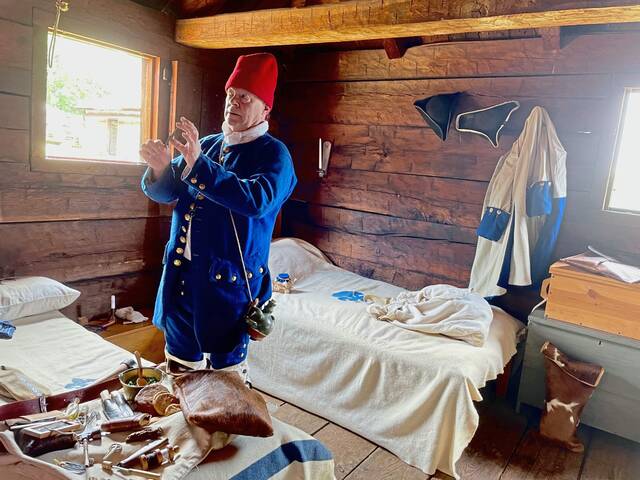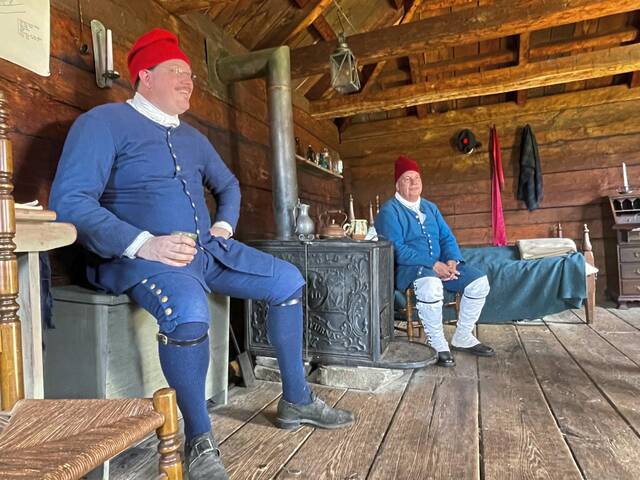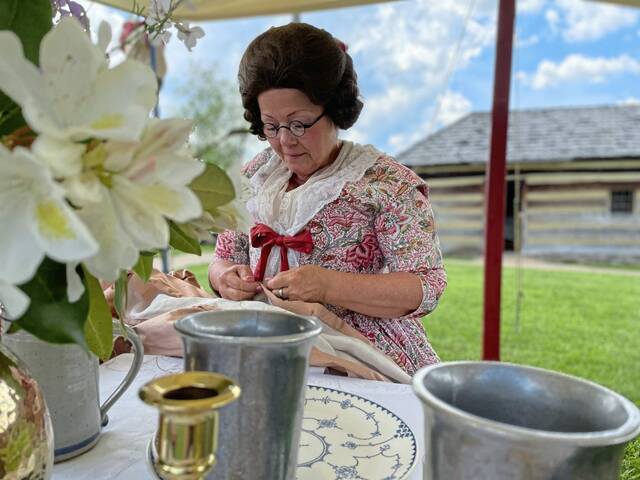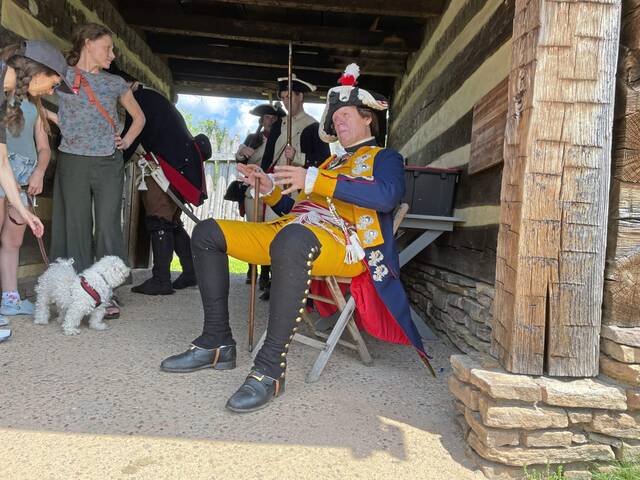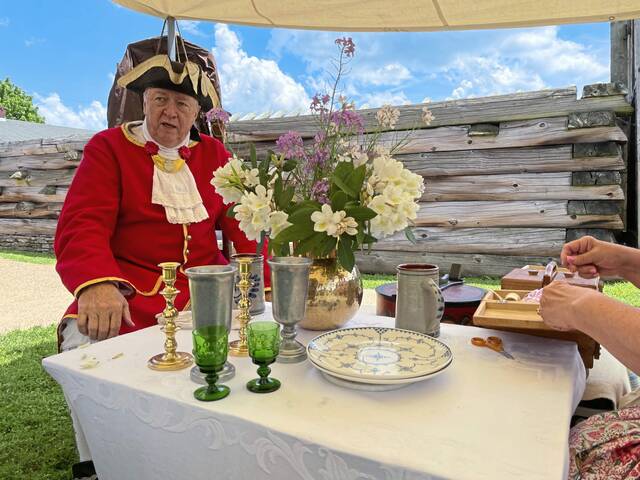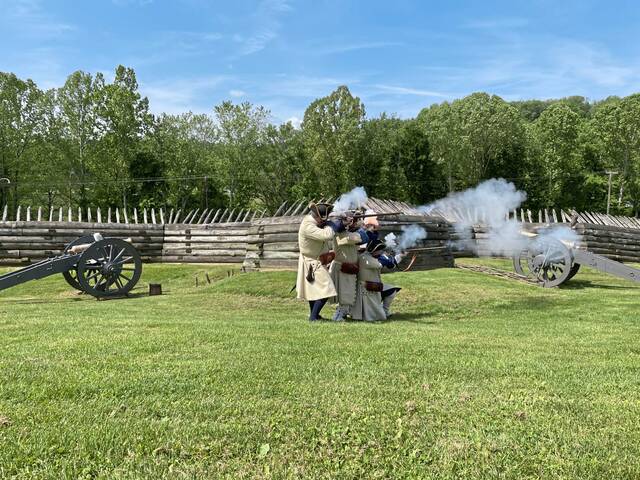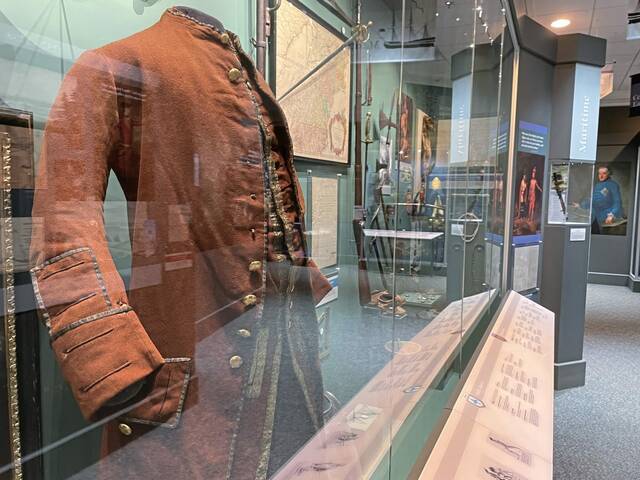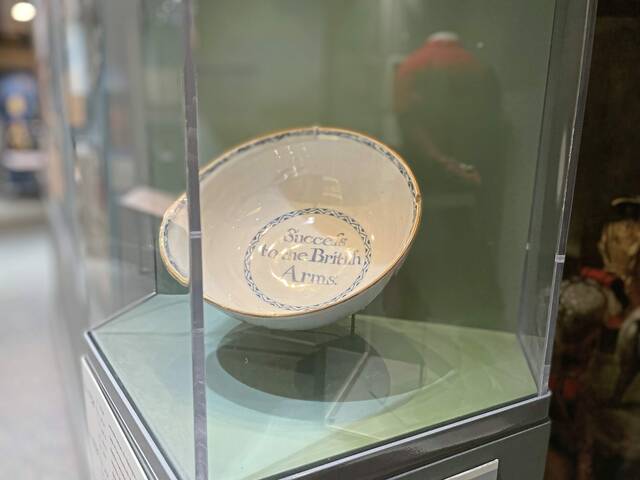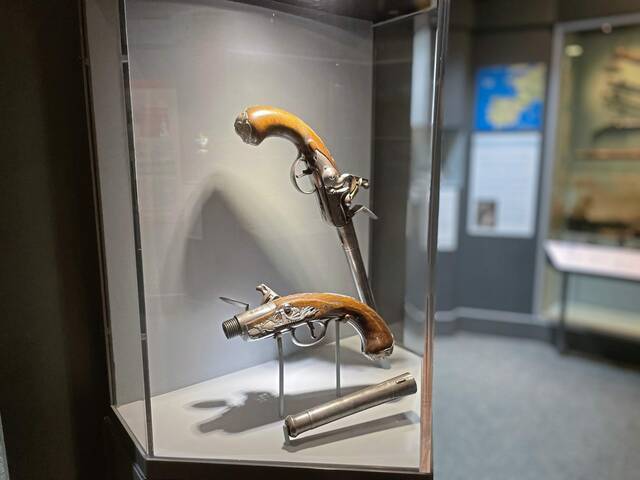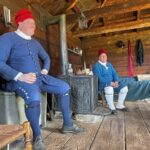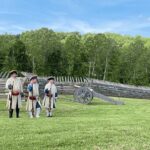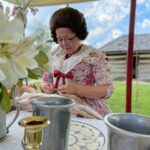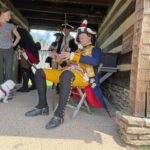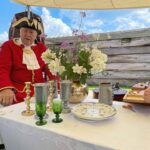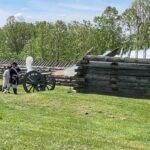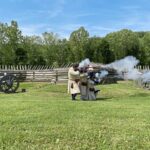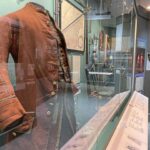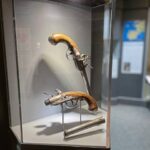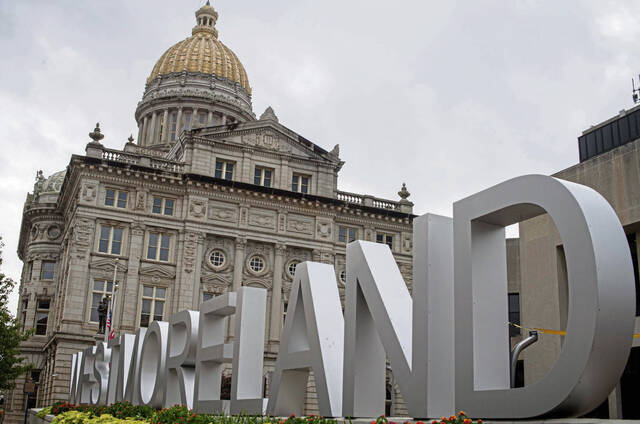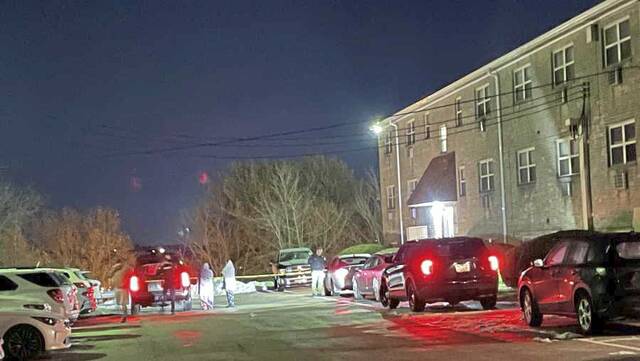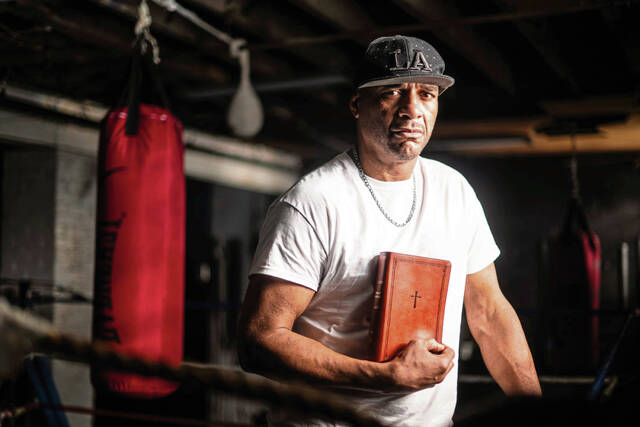About 50 reenactors portraying 18th century military units from across the globe roamed the grounds of Fort Ligonier during Memorial Day weekend as musket and cannon fire pierced the air.
Revolutionary War era reenactors intermingled with French and Prussian militia units, an Austrian officer and a Hungarian soldier, said Matt Gault, director of education at the Ligonier fort.
“If (people) come here, they’re going to really experience something that we don’t get to do very often, and that’s actually talk about the global conflict going on at the time, as opposed to just what happened in our own backyard,” Gault said.
Artillery and living history demonstrations were performed throughout the weekend in preparation for Memorial Day — an event the fort has hosted for more than five years, Gault said.
“We remember that this is a battlefield, and the things that happened here still impact us today,” he said. “And I think that’s important for Memorial Day — that we remember that those people who sacrificed so much, they impact us everyday.”
Max Michaels will never forget that lesson.
Michaels, 66, of Indianapolis, portrayed in Ligonier a 1758 French soldier defending Fort Duquesne from the British military. He has been reenacting for more than 20 years.
“It’s my daughter’s fault,” Michaels joked. “She came back from fifth grade and said ‘The regular reenactors can’t do Valley Forge Day. Don’t you know people at work who do that?’
“So I said ‘Can you guys show up?’ And they said ‘Well, we do French and Indian War, but the Revolutionary War, we’d just change our coats and we’ll be good … But you have to do it, too.’”
While participating in a reenacting event in Kokomo, Ind., a few years ago, Michaels’ commander addressed the group, reminding them of the sacrifice made by the soldiers they were portraying.
“Our commander said, ‘We’ve got a few minutes. The real battle was here. Just think about this land and all of the people who have fought over this land, because it’s a land worth fighting for.’
“That’s what I remember on Memorial Day,” he said.
‘Telling their stories’
Michaels reenacts with fellow history buffs from Indiana, Michigan, Illinois, Ohio and Western Pennsylvania in a group called Garnison Du Pays D’en Haut, which means “The Garrison of the Upper Country.”
During a Fourth of July celebration at Conner Prairie, a living history museum in Fishers, Ind., Michaels shook the hand of a World War II veteran who was awarded six bronze stars for his service.
“It was incredible,” Michaels said.
Reenactor Chuck Valentine was also struck by the opportunity to meet military veterans of all ages. Those interactions influence how carefully he goes about his reenacting today.
“You just think ‘I’m actually walking here where somebody that I’m dressed up like (was),’” said Valentine, 63, also of Indianapolis. “I just want to make sure I’m doing the story right by them, as well — telling their stories.”
This was Valentine’s second year reenacting at Fort Ligonier, also portraying a French soldier. He and Michaels traveled to Fort Necessity National Battlefield in Fayette County on Memorial Day.
The next day, they honored the 270th anniversary of the Battle of Jumonville Glen, a brief skirmish that occurred nearby between French and colonial Virginian soldiers that started the French and Indian War.
Of the 22 people who fought there, 11 died, Valentine said.
‘They feel the same things’
Although this was Thomas Wojcinski’s first time at Fort Ligonier, the French military reenactor is no stranger to the pasttime.
Wojcinski, 42, of Hammond, Ind., started reenacting when he was 10 years old. Now, he portrays historical figures from the 1520s to the Korean War era.
In addition to portraying soldiers, Wojcinski enjoys teaching visitors to Fort Ouiatenon in West Lafayette, Ind. about the daily lives of ordinary citizens.
“I think that in terms of both civilian and military reenacting, it’s very good as a tool to show people that the human experience doesn’t change very much,” he said. “A soldier fighting the Gauls in Rome had similar feelings before a battle, during and after probably, that a soldier in Iraq has.
“You’d read letters from the period and it’s always ‘Send more socks’ or ‘Send a care package’ because they missed home. People back then were the same as us today. They feel the same things, and they have the same emotions. It’s important to remember that, too.”
Keeping local and global history alive is a mission Gault takes seriously when preparing Fort Ligonier’s programs.
“The only way we can keep telling this story is if people come and get to experience this history, so we want to make it interactive,” he said. “It’s really important, what happened here, and I think you feel it when you walk on the site.”


